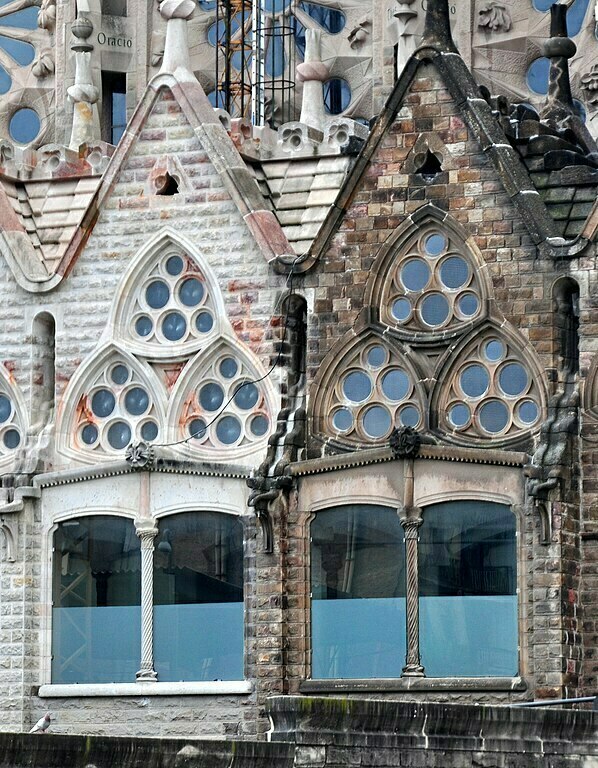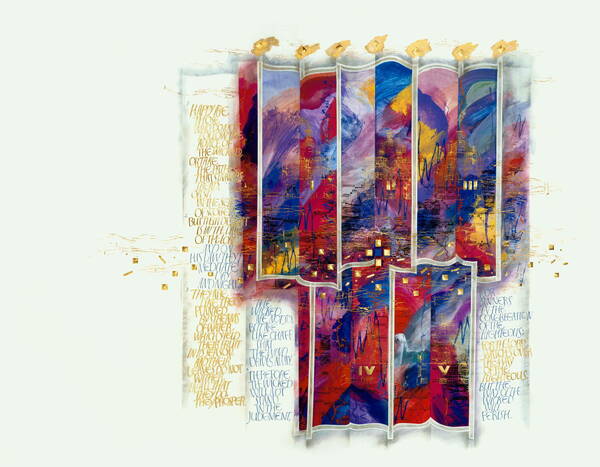Creativity
The Church needs artists, and artists need the Church. In every age, the Church has called upon creative artists to give new voice to praise and prayer. Throughout history, God has continued to breathe forth his creative Spirit, making noble the work of musicians’ hearts and hands. The forms of expression have been many and varied. The Church has safeguarded and celebrated these expressions for centuries. In our own day, she continues to desire to bring forth the new with the old. The Church joyfully urges composers and text writers to draw upon their special genius so that she can continue to augment the treasure house of sacred musical art.
When we think about what is “traditional,” we tend to think of the things that are the oldest (or seem the oldest). But traditio – the “handing on” of these older things – comes about by the ongoing “making new” of those things. Scripture, for example, is an unchanging record of God’s deeds throughout history, but scripture is understood and renewed generation by generation as God’s people create new responses to the things that have been done, making history their own.
Consider the basilica Sagrada Familia in Barcelona. Begun in 1882 and the master work of Antoni Gaudi, it is not yet finished. Like many older cathedrals, its construction has taken over a generation and been interrupted by war and politics. Although we can talk of its design being the work of a single individual, this is a convenient shorthand, and we shouldn’t forget that many hands over many years have been engaged in the work of bringing it about.

The Saint John’s Bible is another example of the developing face of tradition. Commissioned in 1998, The Saint John’s Bible is the text of the New Revised Standard Version of the Bible, written by hand by a team of calligraphers from all over the world, and illuminated by another team of artists. Just as medieval monks interpreted the psalms by writing antiphons, hymn texts, and chant, The Saint John’s Bible interprets the psalms in art and text.
In this frontispiece (illuminated first page) of the book of Psalms, the five tomes represent the five books of the Psalms. Their fiery gold contents show the way that God is revealed to us, in fire and in darkness, by the Psalms. The five books of Psalms also represent the five books of the Torah - Genesis, Exodus, Leviticus, Numbers, and Deuteronomy. In these, God is revealed to Israel. The seven flames at the top represent the seven-branched menorah in the Temple.
On the right and left sides of the books and lampstands are the words of Psalm 1, written in the gold that represents God’s activity in the created order. To the right and left of that, delicate and easy to overlook, there are representations of the chant melodies that are used for particular psalms at Saint John’s Abbey, the Benedictine monastic community that commissioned The Saint John’s Bible.
